
Using free blogging services such as Google blogger and WordPress.com have only one advantage: they are
free. But if you really want to have better customability, the option of placing advertisements in your blog and your own domain — you’ll have to host your blog yourself.
This post will walk you through — step-by-step — how to host your own blog.
Step 1: Buying a domain for your blog
A domain is basically the address of your blog. You will need to register a domain that is available so that Internet browsers and search engines can have a way of identifying where your blog is located on the world wide web.
**You may be able to skip this step if the hosting account you purchase includes a free domain. Read through step two first and, after looking at different hosting account purchases, if you can’t find one that includes a free domain registration, come back and finish this step.
Registering a domain is easy. All you need to do is choose a domain service (such as
GoDaddy.com or
NameCheap.com), create an account, choose a domain (domain selling services will allow you to only choose domains that are available) and purchase it. It is recommended that you register your domain for at least one year. Any less than that and you might forget to renew your domain. Any more than that and it might be overkill (what if you decide to move domains or ditch your blog?).
You should also think carefully about what domain name you choose. Remember, domains are addresses, so people will see them in their browser address bar (right now you can see hubpages.com in the address bar). You will most likely want to choose a domain that is the name of your blog. For example, if my blog was called “The Fuzzy Bunnies Blog,” I would probably choose a domain like fuzzybunnies.com or fuzzybunniesblog.com.
Step 2: Hosting your domain
Once you have registered a domain, you will need to host it somewhere. It is not recommended that you host your domain with the service you used to registered the domain as these types of deals are usually poor in value.
Instead you should purchase a hosting account with
BlueHost,
MidPhase or
Host Gator. These hosting companies are all very reputable and will provide you a good value for your buck. Most hosting packages will run you anywhere between $50-70 per year. You also might want to check out webhosting review sites for great deals on things like
reseller hosting.
**Sometimes, when you purchase a hosting account, a free domain registration is included in the package. In that case, you can skip the rest of this step.
After you’ve purchased your host account, you will be sent login information for your hosting control panel. It is there that you will be able to add your domain to your account. Most host control panels will have an icon that says something along the lines of ‘add a domain’.
Once you have added a domain to your hosting control panel, all you need to do is set your domain to the appropriate domain name servers (DNS). When you register a domain, the domain (by default) will have the domain name server set to servers run by the domain service company. What you want to do is forward the domains over to the DNS of the hosting account you purchased. Most domain registering services will allow you to forward your DNS by logging into your account through their website. You will know what DNS to forward your domain to by checking with your hosting company. Your hosting company should reveal to you your DNS either in the first email they send you (after purchasing) that provides account information or in documentation provided on their website.
Here is what the DNS for all MidPhase customers is:
DNS1.MIDPHASE.COM
DNS2.MIDPHASE.COM
Hosting companies like Host Gator and BlueHost will have similarly formated dns addresses. Note that everyone for each hosting company uses the same DNS addresses.
Step 3: Choosing a blog platform
Now that you have your domain registered and forward to the DNS of your hosting company, you will need to decide what blogging platform you want to install on your domain.

A blogging platform (sometimes referred to as a blogging content management system) is the software you will use to manage your blog. This software contains everything, including your themes (the design of your blog) and blog posts. There are a handful of free, open-source blogging platforms to choose from. The most two most popular (and the recommended) are
WordPress (.org not .com which is for blogs that are not self-hosted) and
Drupal. Because these tools are so practical, it is very rare that someone would start a blog using his/her own coded pages. Most bloggers choose WordPress because it is considered easy to use and contains an incredible amount of plugins and themes you can freely use to customize your blog.
Go ahead and download a free blogging platform. WordPress and Drupal both have download links featured on their front pages.
Step 4: Uploading your blog platform software and installing
Once you have downloaded your blog platform software (WordPress is recommended), you will need to upload it to your hosting account so that it can be accessed from your domain.
Most hosting companies have an option in control panel for uploading files but this is
not the recommended way of uploading large amounts of files. In fact, don’t even attempt it. Instead, download a file transfer protocol (FTP) program that will enable you to easily upload the files to the server space (hosting account) you paid for.
FileZilla is the most popular and easy to use FTP program. Download FileZilla (there are versions for MAC, Windows or Ubuntu) from the link above but make sure you choose the client version.

After you have downloaded and installed FileZilla, you then need to find the correct server information (from your hosting account) to input into FileZilla so that you will be able to upload your files. Your will need to get your server’s shared IP address (or just ip address if it is not shared) and an FTP username and password to be able to upload to your server. You can find all of this information in your hosting account’s control panel. The server IP address should be listed in the dashboard of your control panel (the screen you see when you first login to your cp) and you can find an FTP username (there may be a default created one) by clicking on an icon that says ‘FTP Users’ in your control panel. You may have to create an FTP user/password if there is not a default one listed.
**Note that the default FTP account you may find already listed probably uses the same password you use to login to your control panel.
Once you have your server’s IP address and your FTP username and password, you can type them into the appropriate fields after opening FileZilla (‘Host’ is where you put the server IP and just leave ‘Port’ blank) and then click ‘Quick Connect’.
You should then be connected to the file directory on the server for your hosting account. You will need to double click public_html in most instances to find a file folder (within public_html) with the same name as your domain. It is in that file folder where you will upload your blog platform software. You will most likely not have a file folder in public_html having the name of your domain if your domain was included with the purchase of your hosting account. Also, hosting companies require that you set one primary domain which will not get its own folder and instead just have public_html as its root. But if you already had a primary domain on the hosting account, you should see your new domain listed as its own folder in public_html.
If you are not able to connect with FileZilla to your hosting account’s file directory then you should check all of the following:
- Make sure you typed the correct server IP address into FileZilla’s ‘Host’ field. You may have picked the wrong address listed in cpanel (sometimes there are IP addresses listed there that are not what you want). Generally, when buying a host account, you will be issued a shared server IP address. This is what you want.
- Make sure your FTP username and password (setup in cpanel) are correct.
If you do not see a file folder with the name of your domain within public_html and you already have a primary domain for your hosting account (making the domain you forwarded to the appropriate DNS the second on your account) and did not receive the domain with the hosting package (in which case you should not see your domain in its folder but instead have public_html at its route) then you need to:
- Make sure your domain is forwarded to the proper domain name server (DNS).
- Make sure you added your domain properly within your hosting account control panel –> add a domain.
Once you are able to connect to your domain’s file directory (whether the root of which is public_html or a folder within public_html), you can then proceed to drag and drop your downloaded instillation of the blogging platform that you chose. Make sure, when uploading, that you upload the blogging platform software files after they are unzipped.
Step 5: Installing your blog and learning how to manage and market it
Once all of your files are uploaded, you can then start with the installation process which is especially easy if you are using WordPress.
Just access your domain through your browser and follow the on-screen instructions.
After you are done with the installation process, it is only a matter of getting used to the admin control panel, choosing a theme and finding good plugins until your blog is fully customized to your liking.






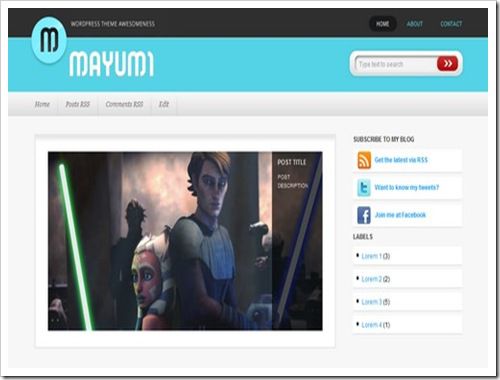
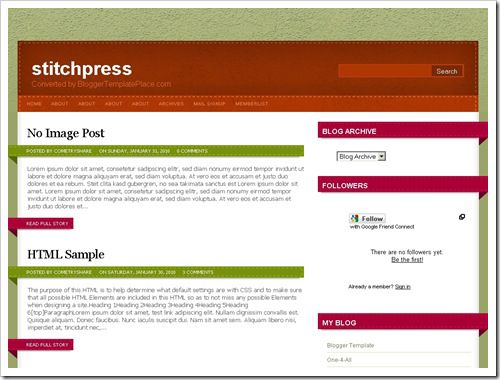


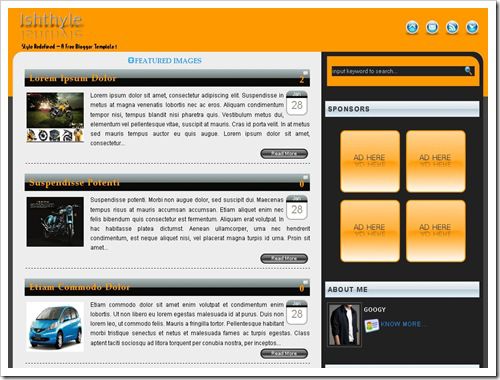

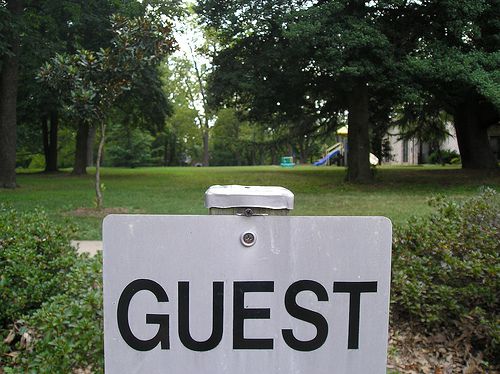
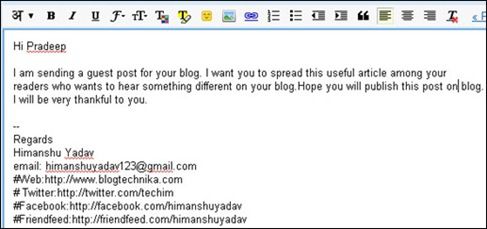
 Quote of the Day
Quote of the Day